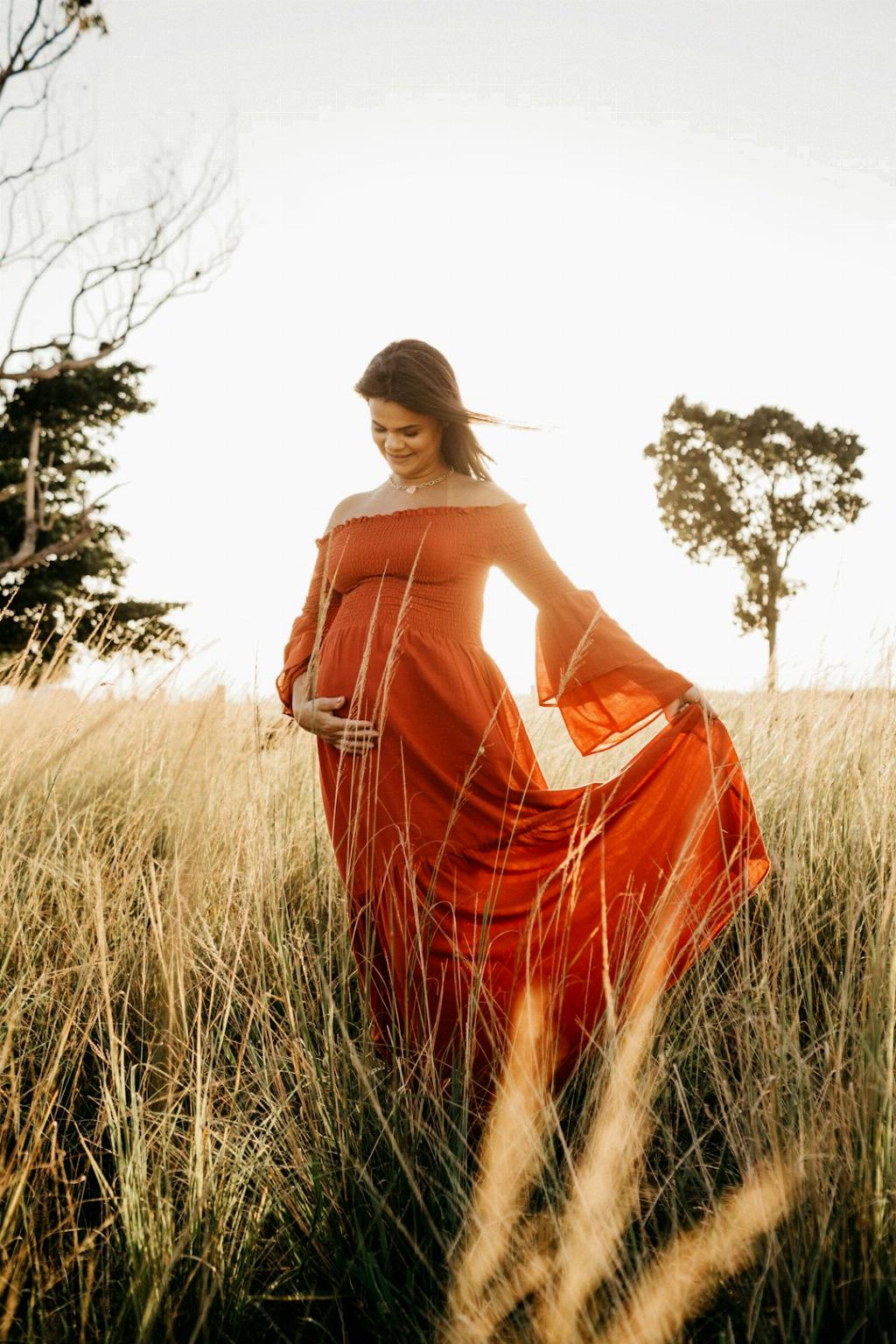When it comes to discussing the appearance of pregnancy tissue, it’s important to understand that the experience can vary greatly from person to person. One common description is that the tissue may have a dark red and shiny look, almost resembling liver in some cases. This visual comparison provides a vivid image of what individuals may encounter during this difficult time.
Furthermore, some women may come across a sac that contains an embryo inside, which is typically about the size of a small bean. This detail adds a deeper layer to the visual aspect, allowing individuals to visualize the size and shape of the tissue being passed. It’s crucial to remember that this description may not align with everyone’s experience, as each situation is unique and can present differently.
Upon closer inspection, individuals may notice specific features within the tissue. For instance, it’s possible to spot where the eyes, arms, and legs were beginning to form. This level of detail speaks to the complexity of embryonic development and can evoke strong emotions in those who are processing the loss of a pregnancy.
As individuals navigate through the process of passing pregnancy tissue, it’s essential to recognize the delicate nature of the situation. The visual aspects of the tissue can elicit various emotional responses, ranging from sadness to acceptance. Each person’s reaction is valid, and it’s crucial to provide support and understanding during this challenging time.
Moreover, the appearance of pregnancy tissue serves as a tangible reminder of the loss experienced, prompting individuals to confront their emotions and begin the healing process. The visual representation of the embryo’s development within the tissue can be both poignant and overwhelming, underscoring the depth of the situation.
Addressing the question of what pregnancy tissue looks like involves acknowledging the physical manifestations of loss. By describing the texture, color, and size of the tissue, individuals can gain a better understanding of the visual components associated with this difficult experience. This descriptive approach aims to provide clarity and insight into a sensitive topic.
It’s important to approach discussions surrounding pregnancy tissue with empathy and compassion. Recognizing the unique nature of each person’s experience is crucial in fostering a supportive environment for individuals facing pregnancy loss. By acknowledging the diverse range of emotions and reactions that may arise, we can create a space for healing and understanding.
In conclusion, the appearance of pregnancy tissue can vary in color, texture, and size, with some individuals describing it as dark red and shiny, resembling liver. The presence of an embryo inside a sac, reminiscent of a small bean, adds another layer of complexity to the visual aspect. Observing the formation of eyes, arms, and legs within the tissue provides a poignant reminder of embryonic development.
As individuals process the passing of pregnancy tissue, they may experience a range of emotions and reactions. It’s crucial to offer support and empathy during this challenging time, acknowledging the significance of the visual representation of loss. By fostering understanding and compassion, we can create a space for healing and reflection.

